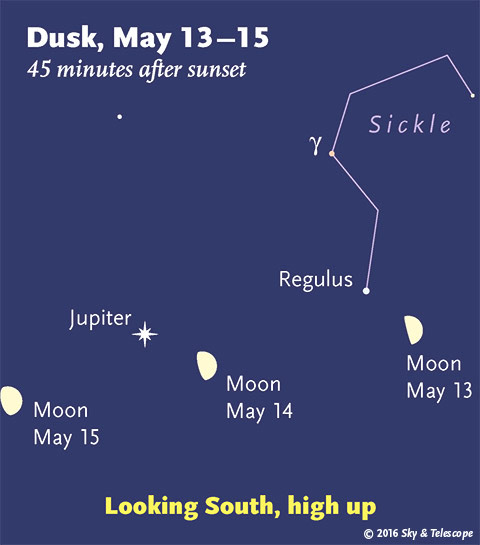Another semester is upon me and my continuing pursuit of a degree. This fall I’m seeking my science lab course credit so I decided to enroll in something I can easily get excited about: Astronomy
The following post begins a series of weekly discussion topics I’m required to choose and post to my online Introduction to Astronomy class discussion board. Since the formatting is very similar to that employed here at my blog, I’ll draft and publish my topics here as well. Feel free to comment or ask questions. I’ll do my best to answer or at least point you in the right direction.
Near and Far, Light and Dark; the Many Sides of Our Moon
Yin and yang can be thought of as complementary (rather than opposing) forces that interact to form a dynamic system in which the whole is greater than the assembled parts. Everything has both yin and yang aspects (for instance, shadow cannot exist without light).[1]
The moon’s rotation (axial spin) matches its revolution (orbit), also known as a synchronous rotation or tidally locked. This results in the same side, the near side, always facing towards Earth. Until 1959, humans had no idea what the far side of the moon looked like.[2] Continue reading “Lunar Yin Yang”

 I knew going into Friday I would have a very long day ahead of me. I had errands I needed to run first thing in the morning, so I planned to be late to work. I stayed up past my usual bedtime, keeping my husband company. We watched the inaugural episode of the new
I knew going into Friday I would have a very long day ahead of me. I had errands I needed to run first thing in the morning, so I planned to be late to work. I stayed up past my usual bedtime, keeping my husband company. We watched the inaugural episode of the new 






